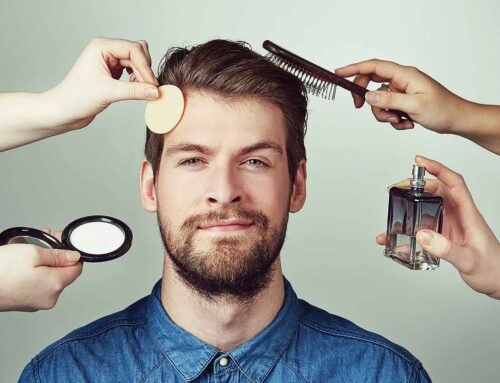At-home beauty devices are having a moment right now. Everyone wants that post-facial glow without leaving the house, and brands are rushing to meet the demand with high-tech tools that promise real results. One of the most talked-about devices recently is the Medicube Age-R Booster. It’s all over TikTok and backed by influencers, but it’s also sparked some serious questions about safety and side effects.
What the Device Says It Does
The Age-R Booster combines multiple technologies like electroporation, EMS, microcurrent, LED, and sonic vibration. According to the brand, it helps skincare products absorb better, boosts hydration, and firms the skin over time. Some users report brighter, smoother skin, and it’s even been praised for helping with acne and fine lines. On paper, it sounds like a dream.
What Started the Concern
Things took a turn when a TikTok user claimed the device caused facial paralysis after just a few uses. The video blew up and sparked panic about whether this device could be linked to Bell’s palsy. Medical experts were quick to shut down the idea. Bell’s palsy is caused by internal inflammation of the facial nerve, often related to viral infections. It’s not something that can be triggered by an external device like this, especially one with low-level electrical output.
So while the viral claim was inaccurate, it opened the door to a bigger conversation about how safe these types of devices really are, especially when they’re being used at home without much guidance.
What Users Are Actually Saying
Outside of viral videos, some users have been sharing more detailed feedback about their experience. Even people who saw good results also reported side effects like tingling, muscle twitching, broken capillaries, or general discomfort. One big issue is that it’s not always clear how strong the settings are, and the instructions don’t go into much depth. Some users found that using the device even once a day caused irritation, while others noticed strange facial sensations long after turning it off.
The biggest red flag seems to be how easy it is to use the device in ways that might not be safe. Without clear voltage info or solid safety guidelines, it’s up to the user to figure it out and that’s a problem when you’re dealing with something that alters the skin barrier and stimulates nerves.
What We Know About Electroporation
The main tech behind this device, electroporation, is useful in a clinical setting. It’s used to help deliver medications through the skin by temporarily opening up tiny pathways. But there’s not much research on what happens when you use that same method with skincare products. Pushing ingredients deeper into the skin might sound like a good thing, but it can also mean those ingredients behave differently as they could become more irritating, more potent, or in some cases, even reach the bloodstream. That’s especially true with active ingredients like retinoids or acids, which are already strong on their own.
So while the science behind electroporation isn’t new, applying it to home skincare devices is still kind of uncharted territory.
So, Should You Be Worried?
Not necessarily. The device isn’t proven to cause any kind of permanent nerve damage, and there’s no evidence linking it to conditions like Bell’s palsy. But that doesn’t mean it’s totally safe either. Just because a product is sold for at-home use doesn’t mean it’s foolproof. Any device, even FDA-cleared ones, can cause problems if you’re not using it properly or if your skin reacts in a way you didn’t expect.
The takeaway here isn’t to panic or throw your device away, but to be thoughtful. Don’t rely only on influencer reviews or brand marketing. Look for real science, pay attention to how your skin reacts, and when in doubt, ask a professional. If you’re curious about these kinds of treatments, there are safe, in-office options that offer better results with less risk.





